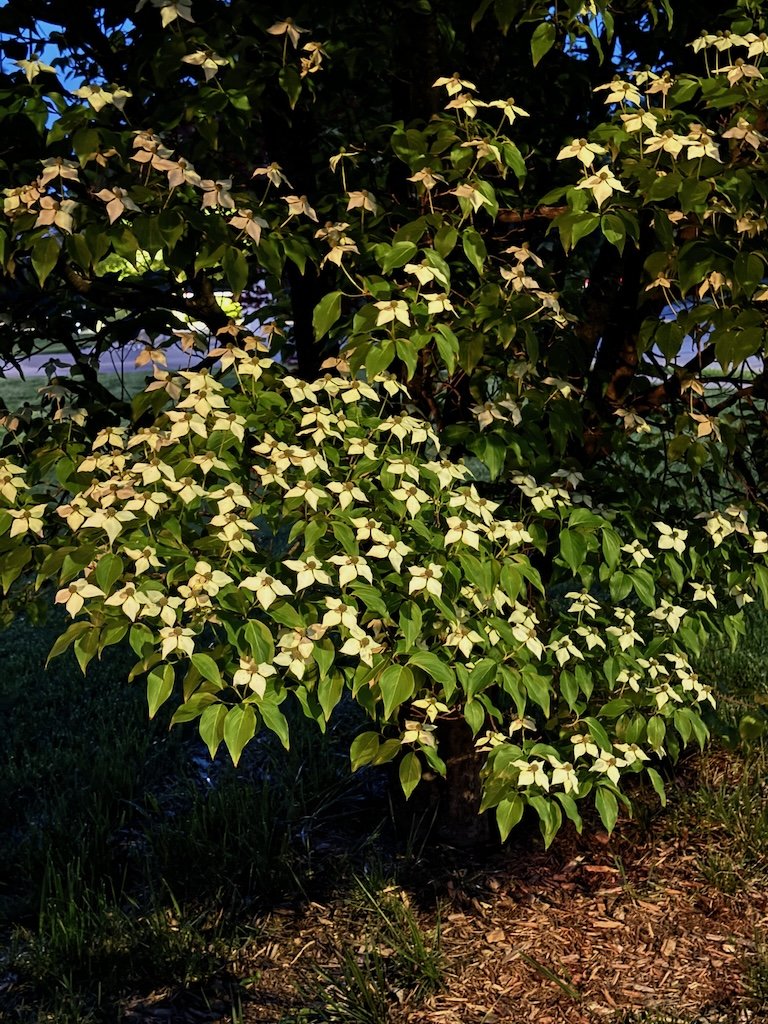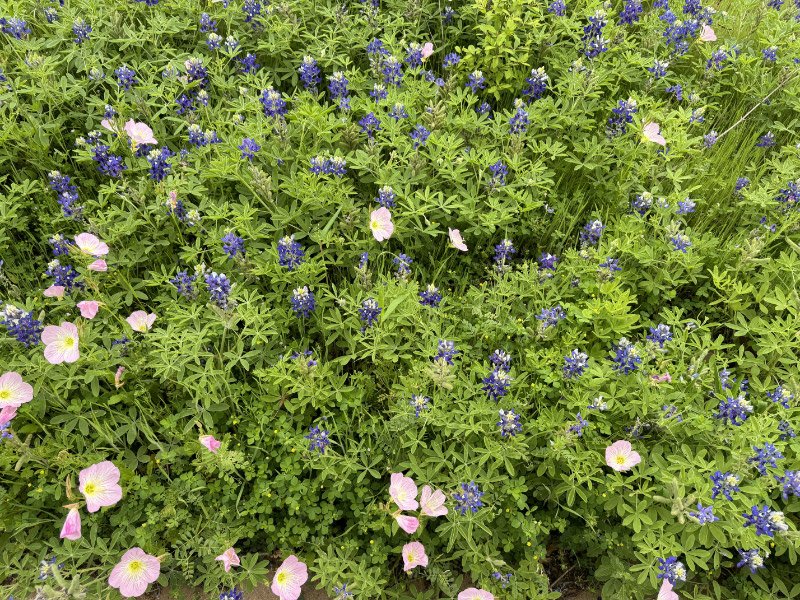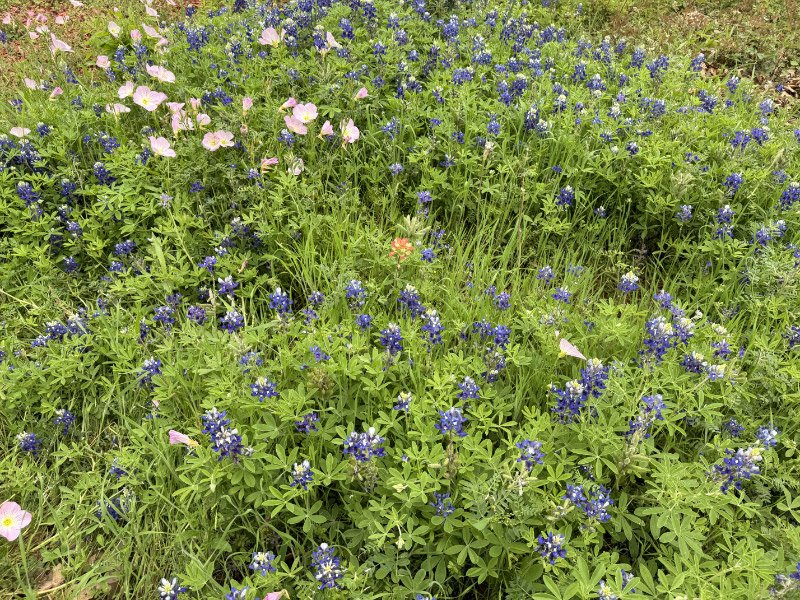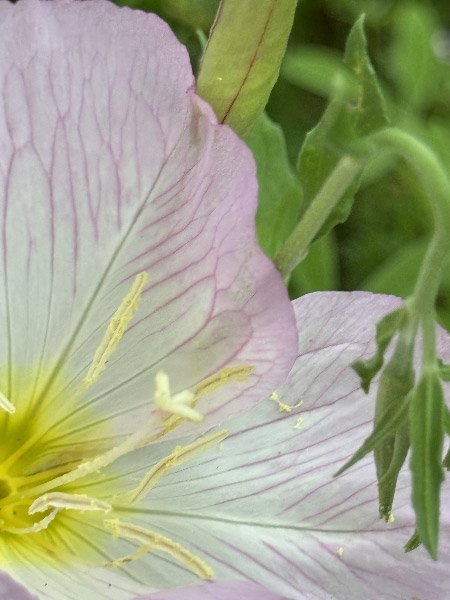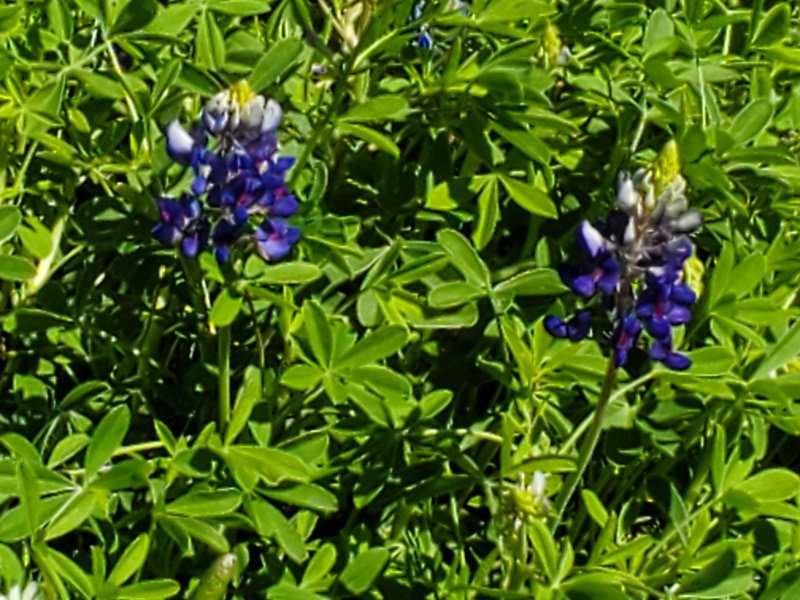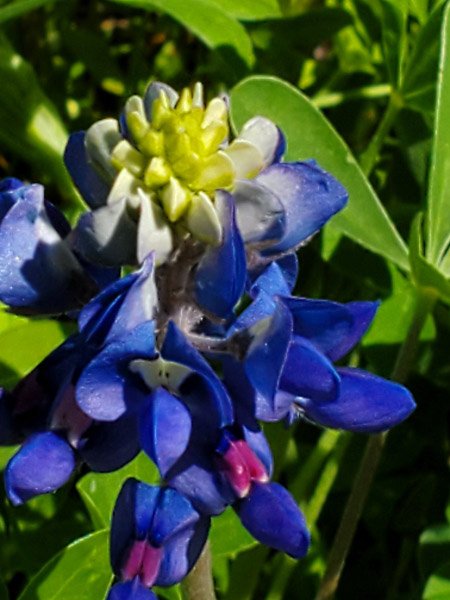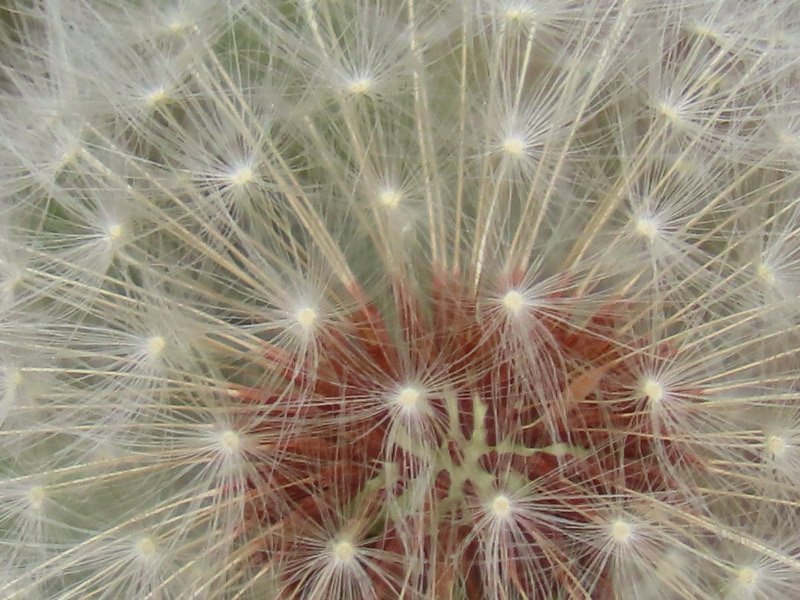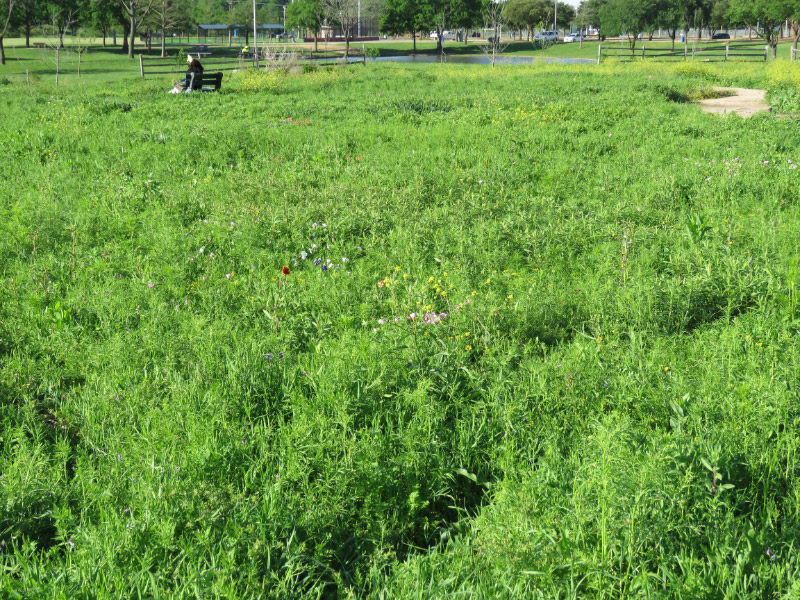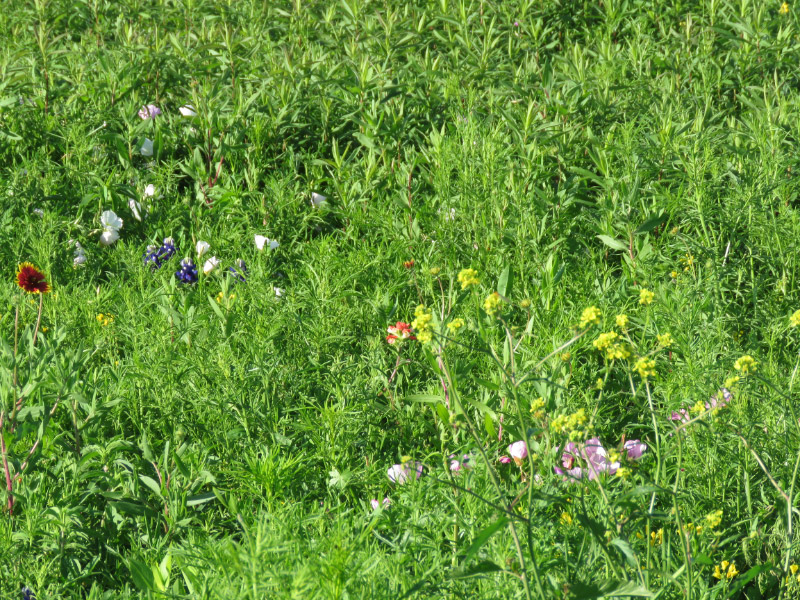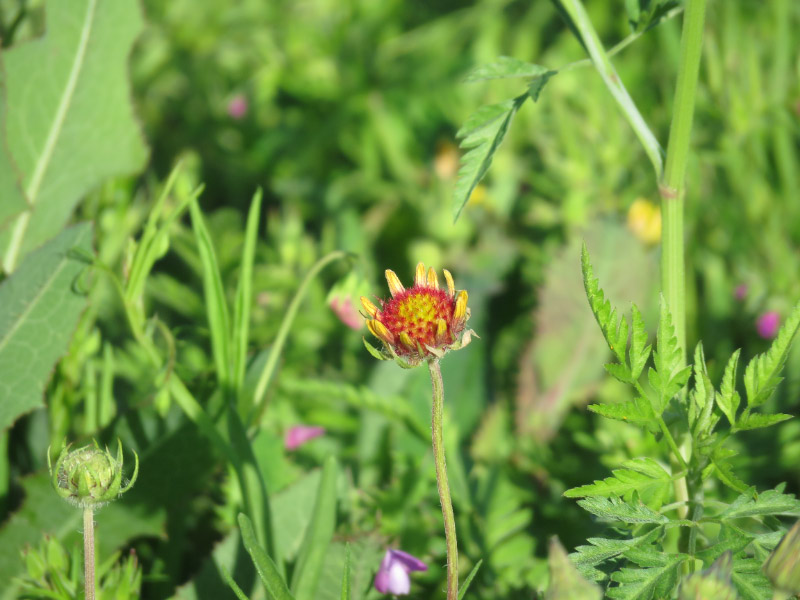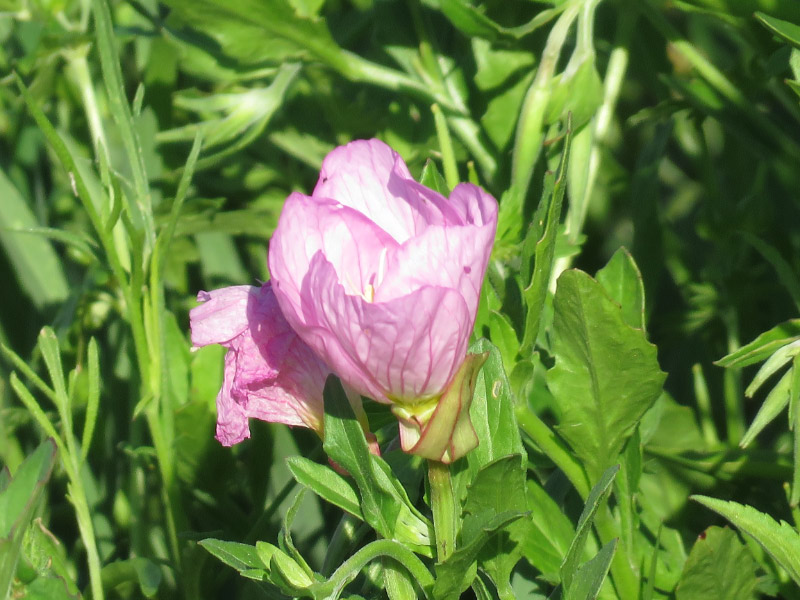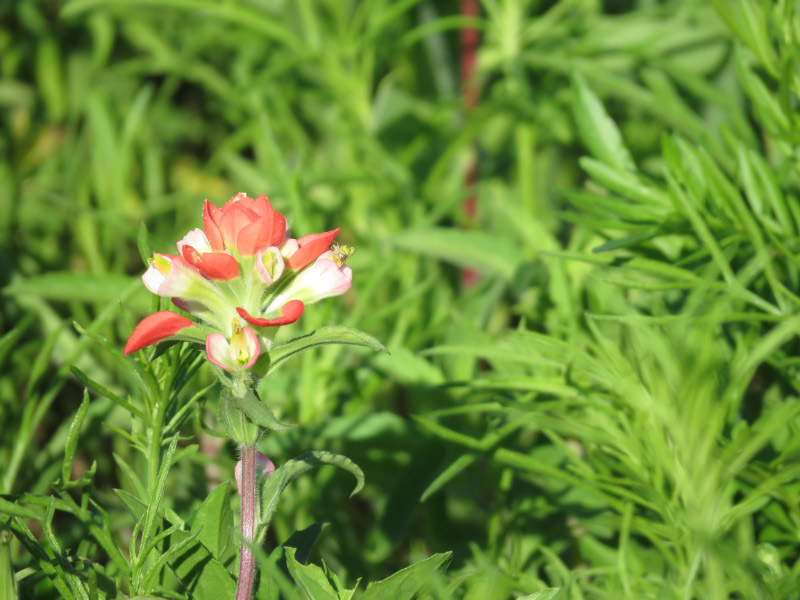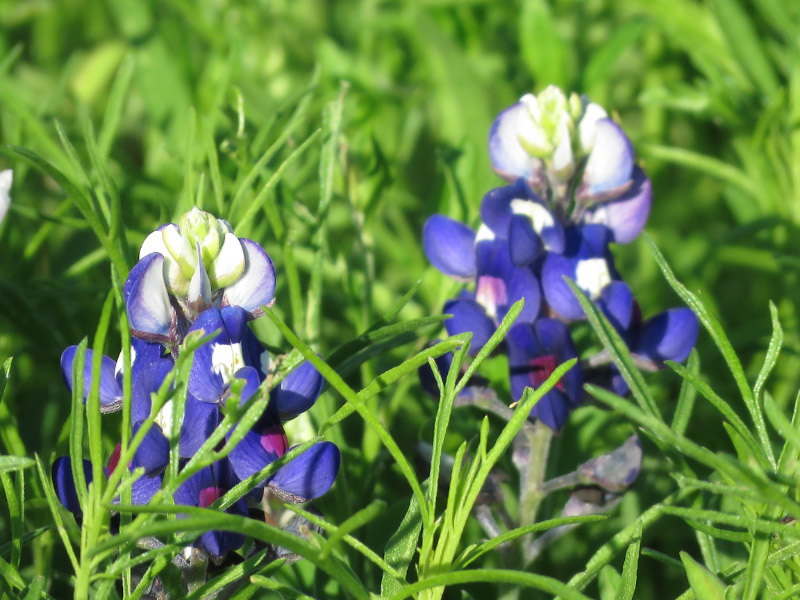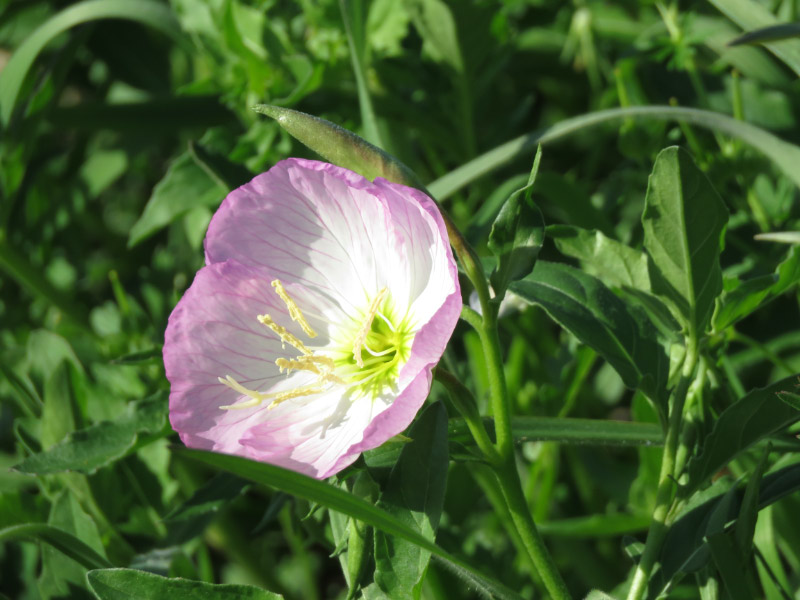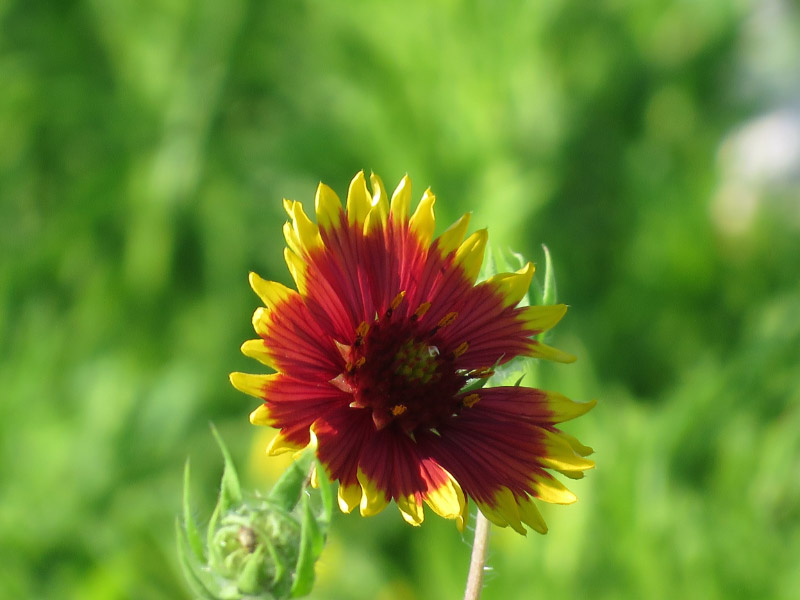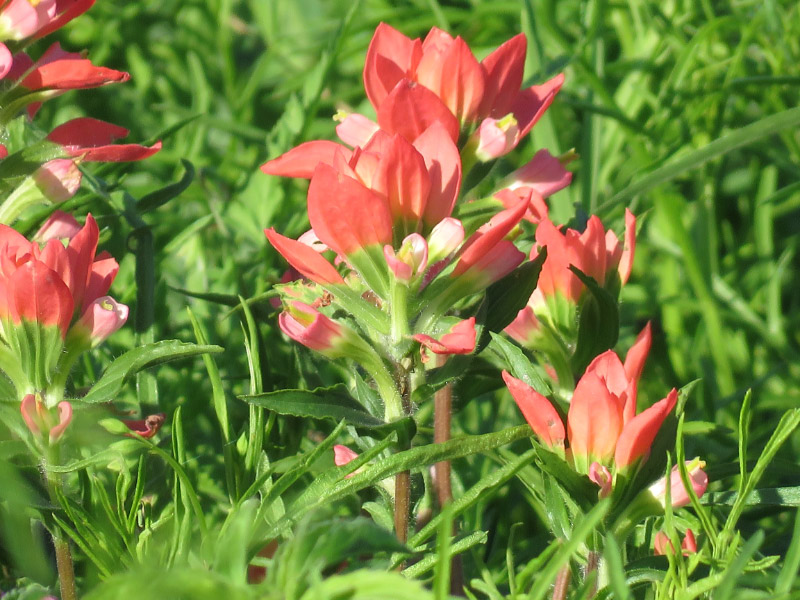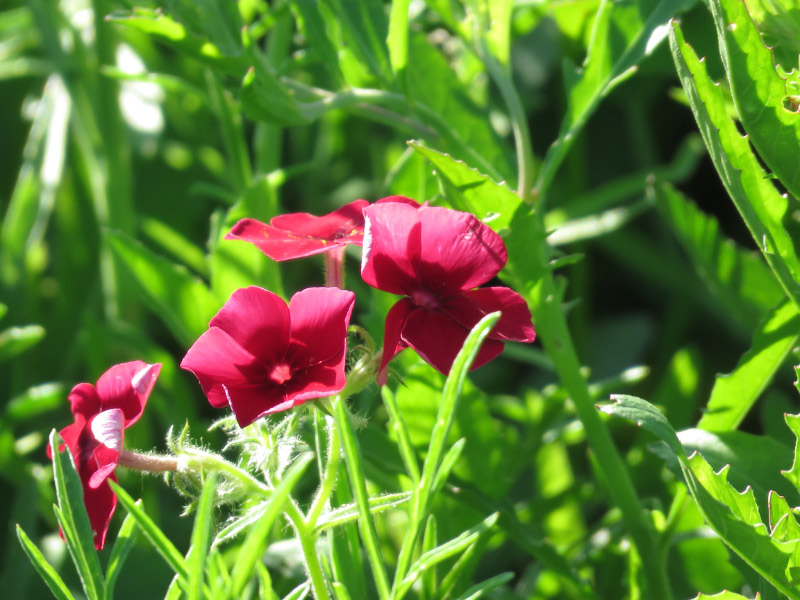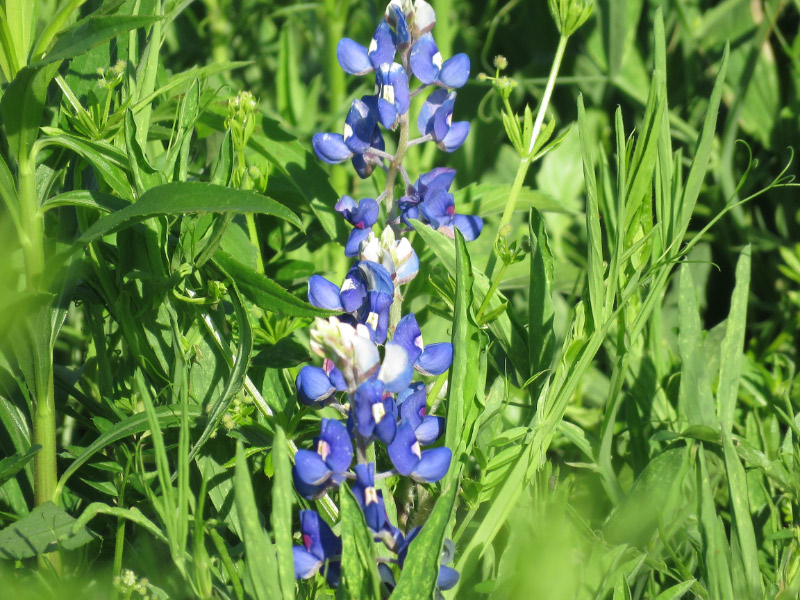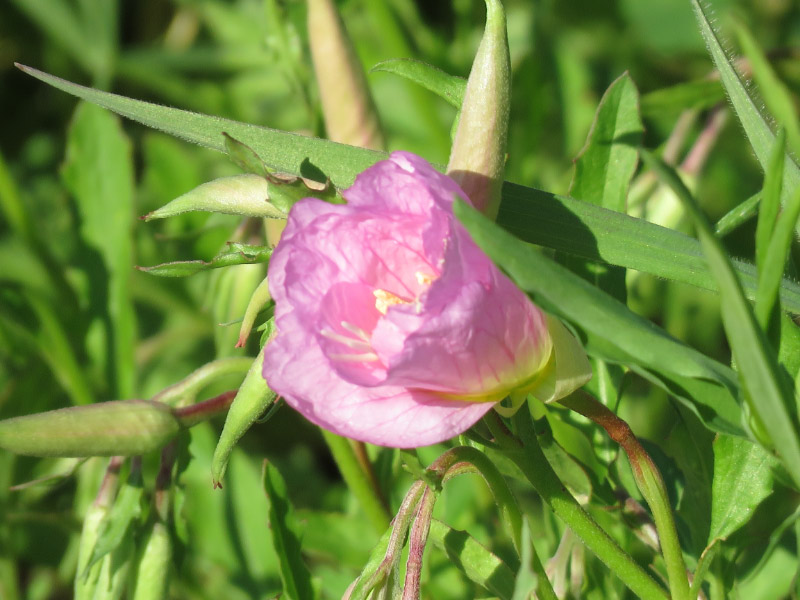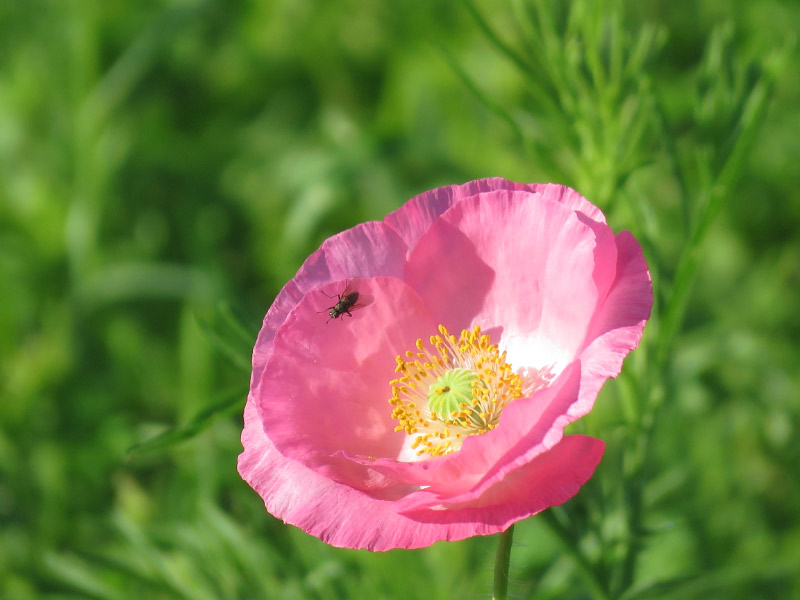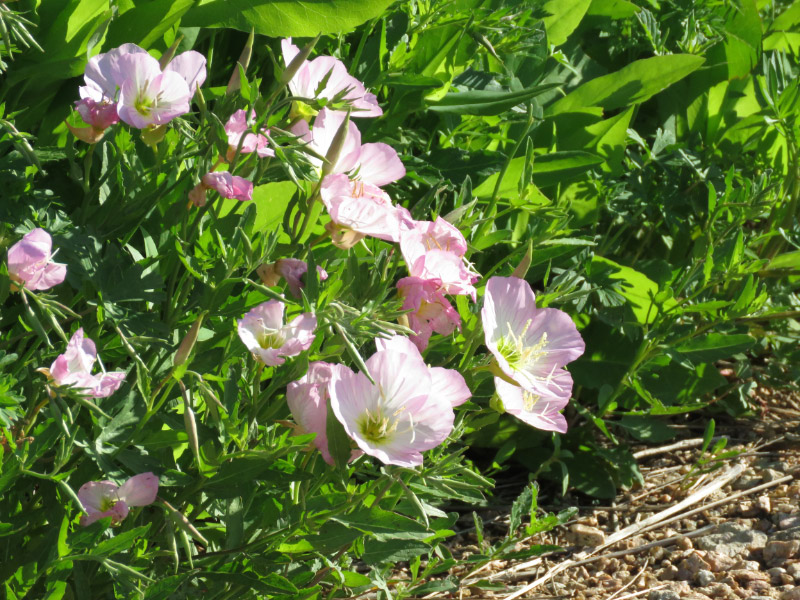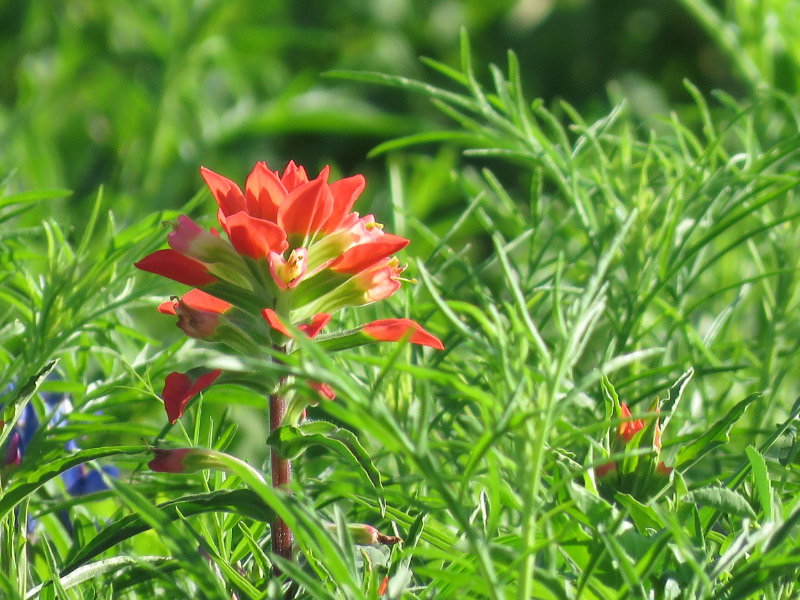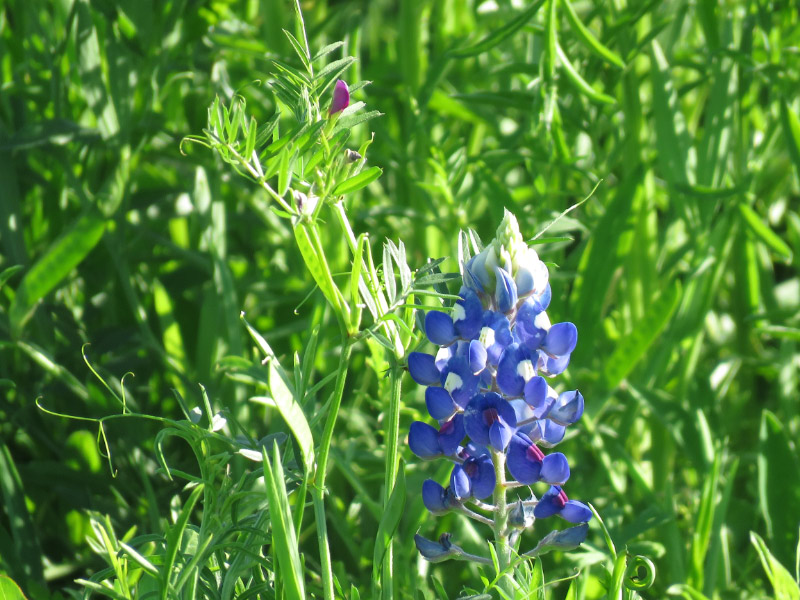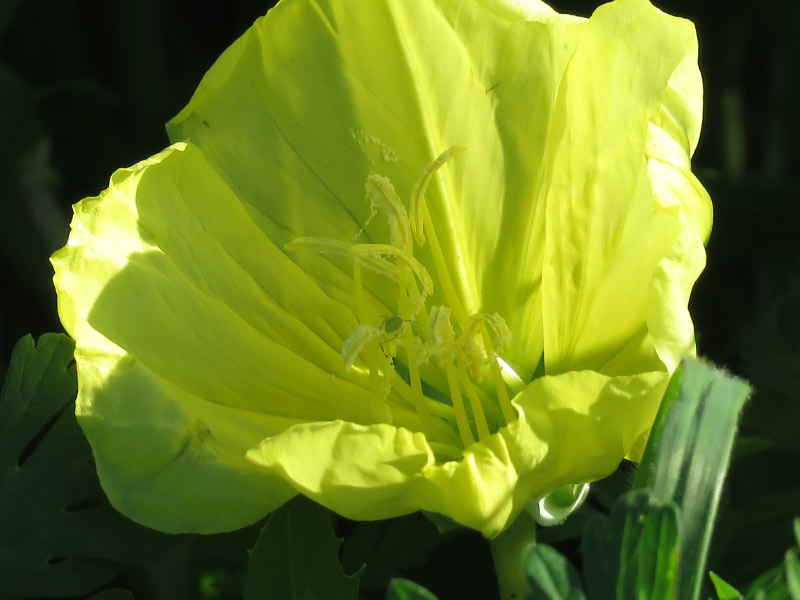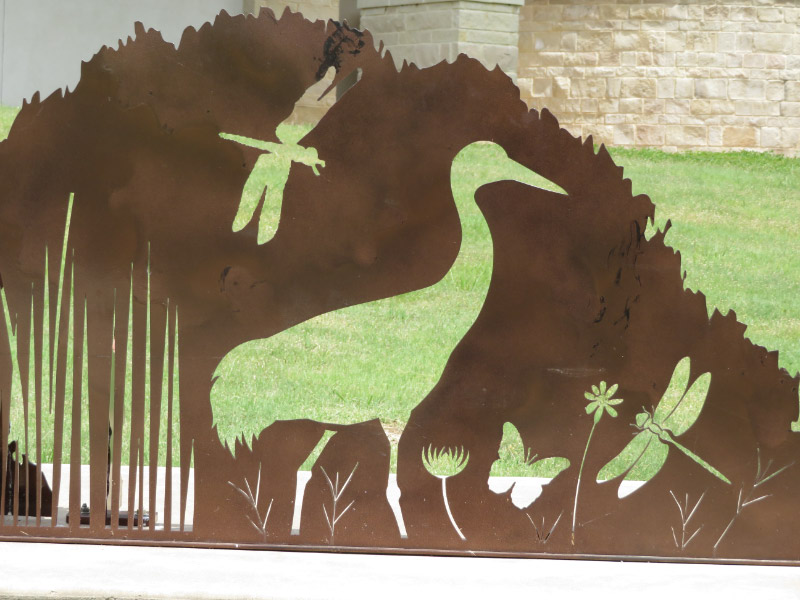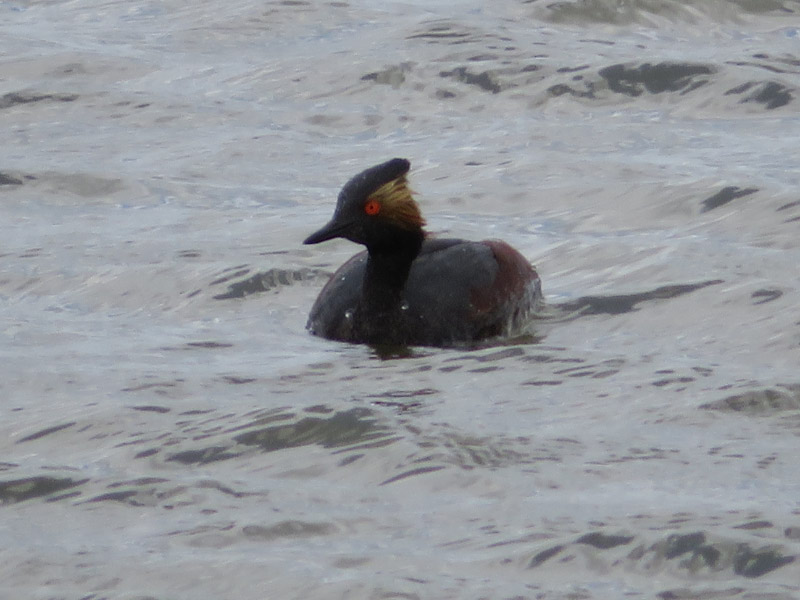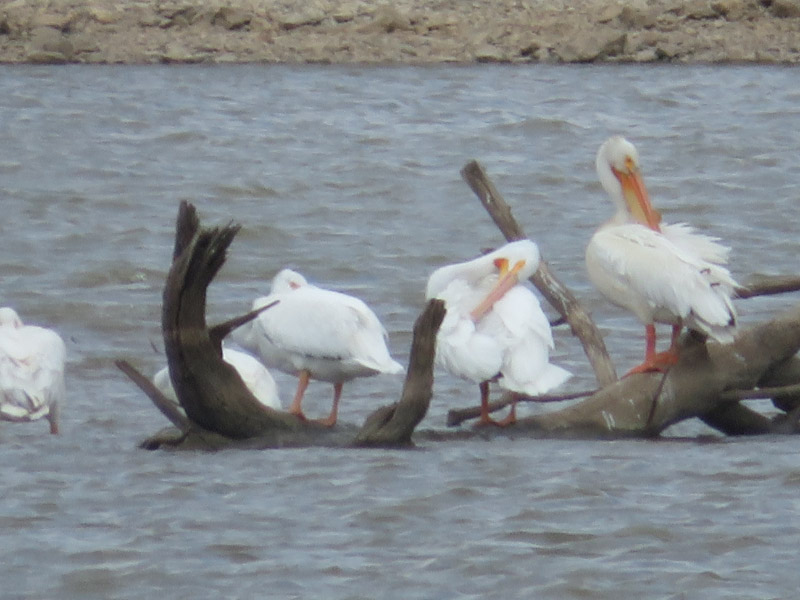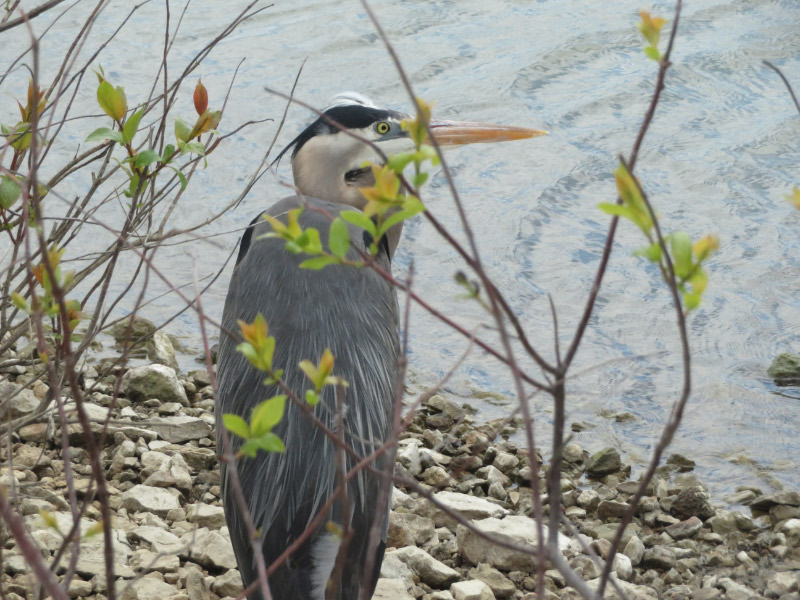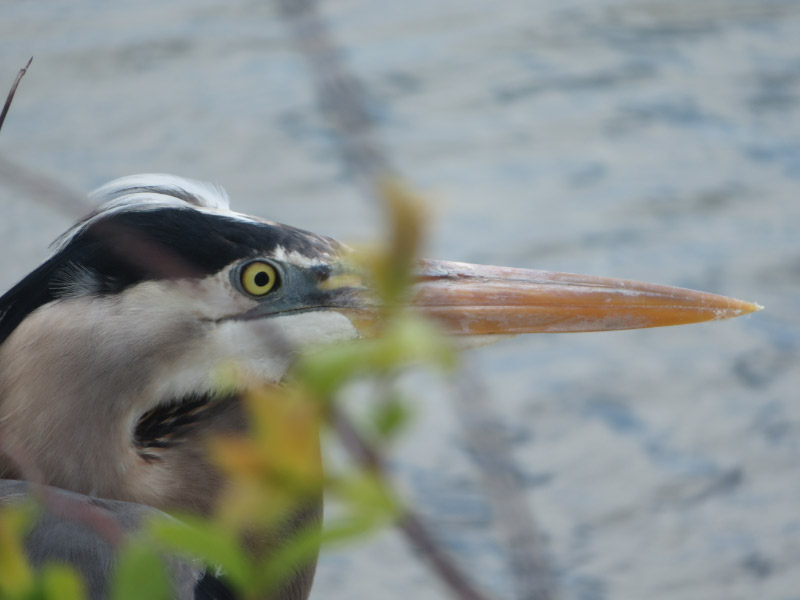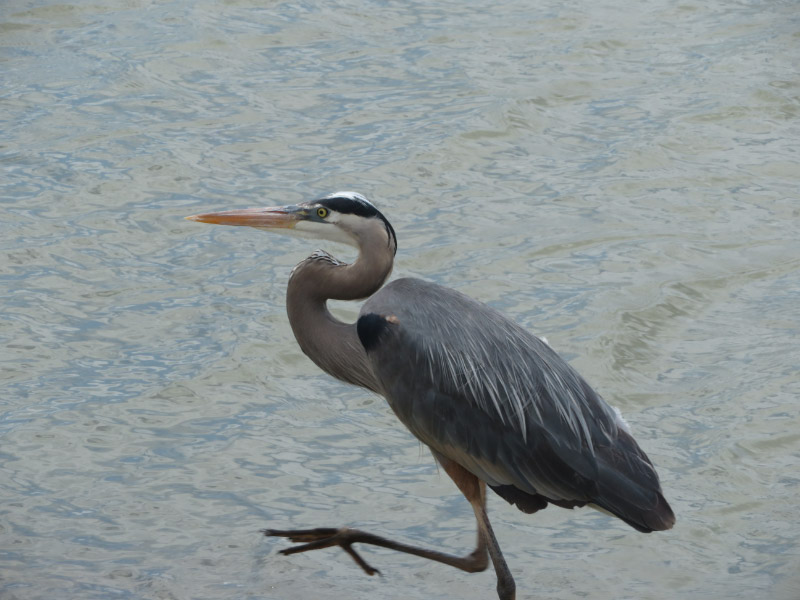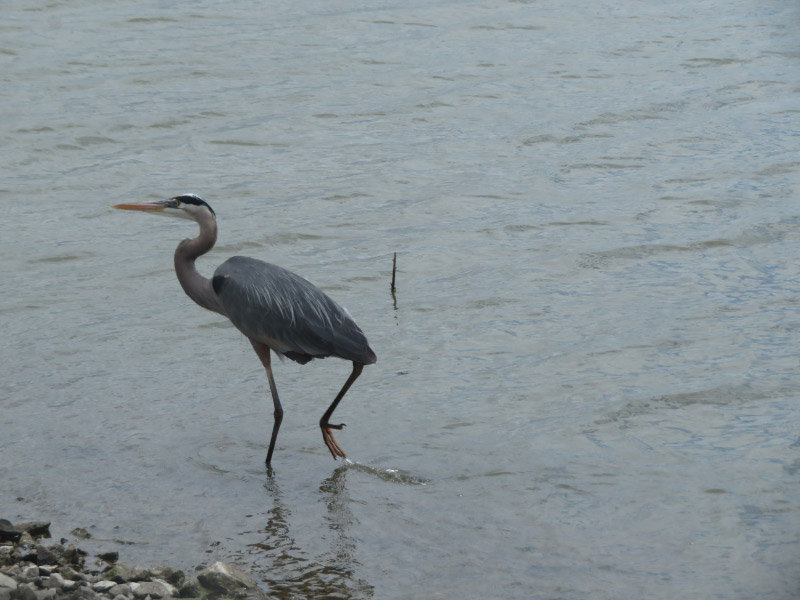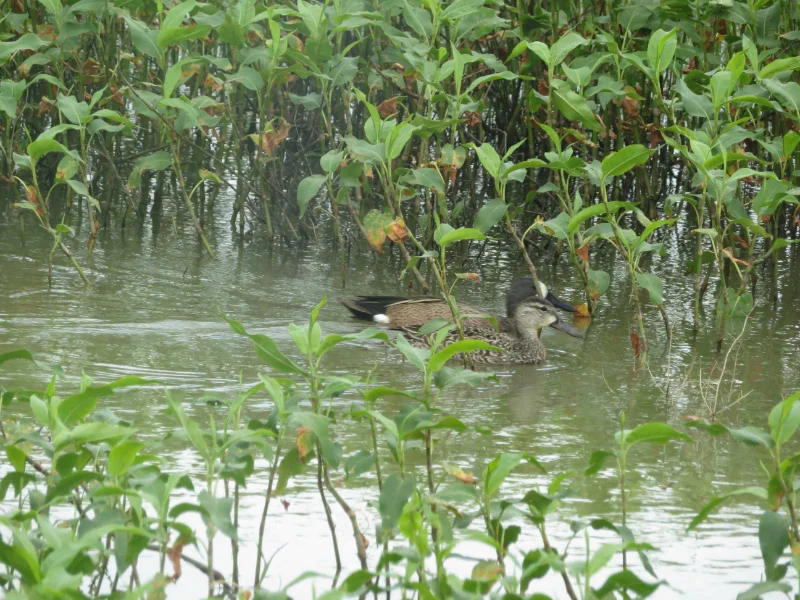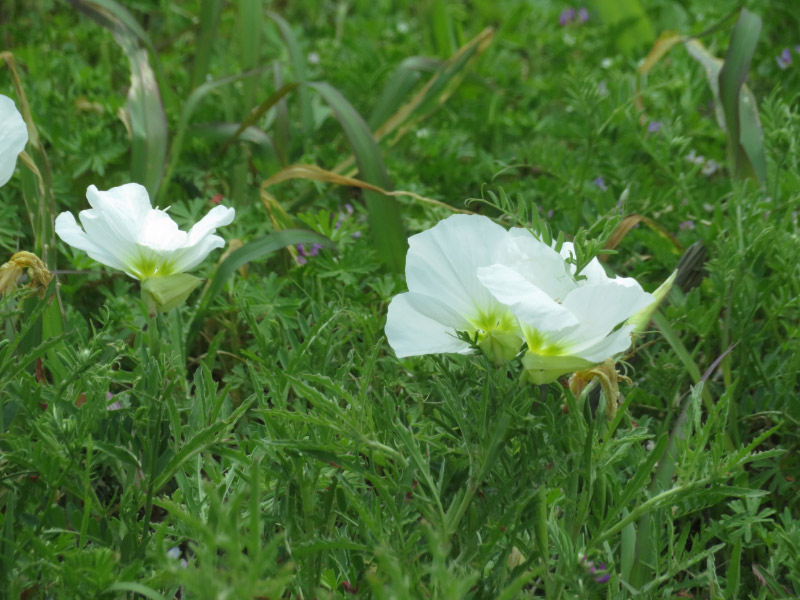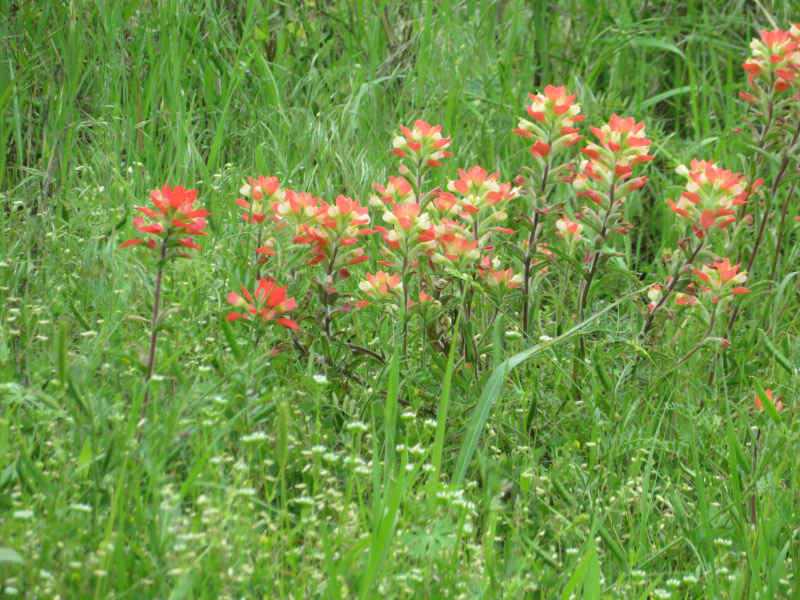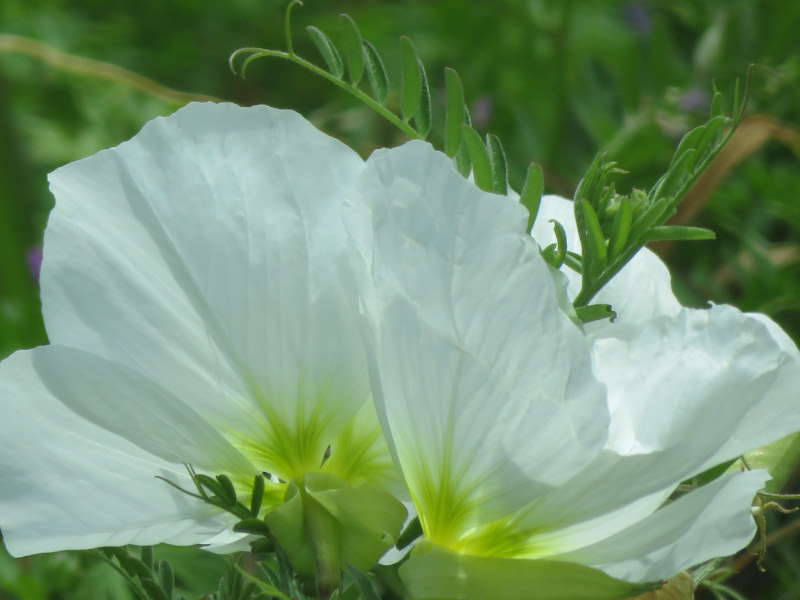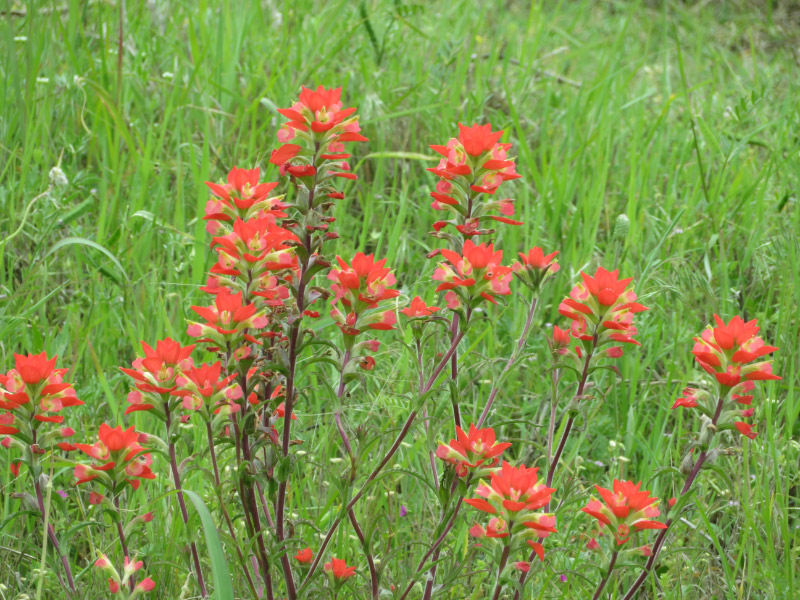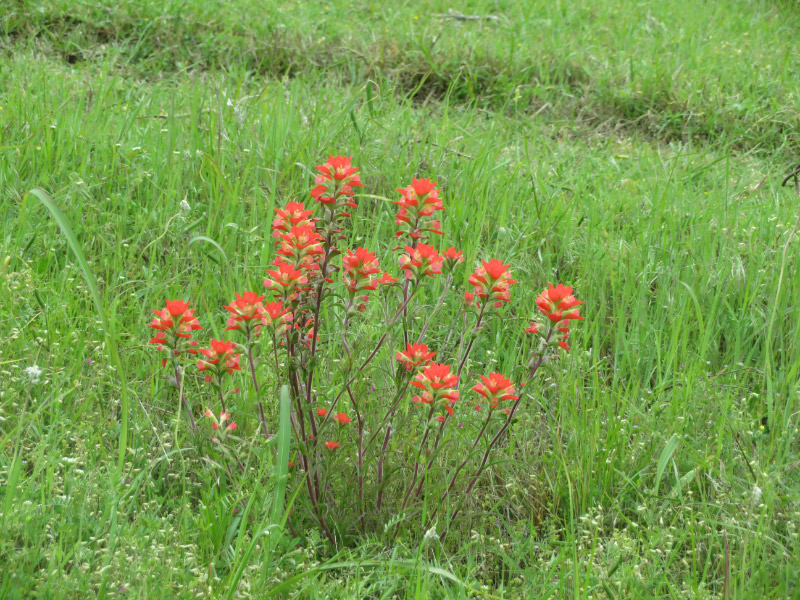Road Trip to Dallas
/After my stop at Wildcat Glades/Shoal Creek Nature Center, my drive to Dallas followed the usual pattern. I saw at least one Great Blue Heron in flight as well as groups of vultures soaring. There was the occasional hawk. This time of year, there could be scissortail fly catchers too. Frequently there are small birds chasing as larger bird (maybe a nest robber?). My stops through Oklahoma were at Big Cabin, Muskogee, and Atoka. I bought gas in Oklahoma since I’ve realized the gas tax is lower in Oklahoma that it is in Texas and Missouri.
As usual, I stopped at the Welcome Center on US 75 as it enters Texas from Oklahoma. This time there was a gardener hard at work in the wildflower areas…weeds and grass had already been cleared. Cone flowers were among the first flowers I saw.
There were plenty of blooms. I always look for the beautyberry flowers; they are small…requiring a good look among the leaves.
Most of the bluebonnets have gone to seed and the pods are empty. The dried pods almost look like flowers! I found one stand of bluebonnets that were much later blooming; it was nice to have the contrast.
I ate a picnic lunch at the welcome center before I drove the final hour of the trip to my dad’s assisted living home.
The next morning I left the hotel about 8 for a second visit with my dad; I noticed a feather on the ground as I walked to my car. It must have been shed recently since it was in good shape. Noticing snippets of the natural world brighten my mood; perhaps it is because they remind me that life is resilient and beautiful at the same time.
After visiting with my dad while he ate breakfast and we worked on a puzzle, my sister and I loaded up 7 pots of plants I was ferrying to my daughter, and I started the drive home about 11ish. It was somehow a light traffic day – an easy drive although it still took me almost 7 hours.







